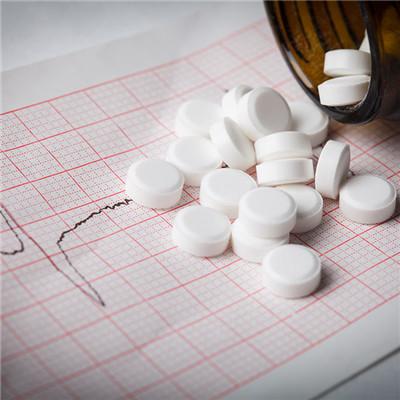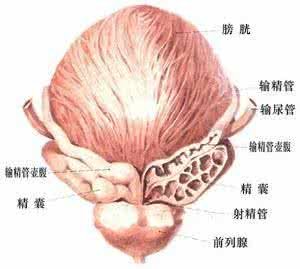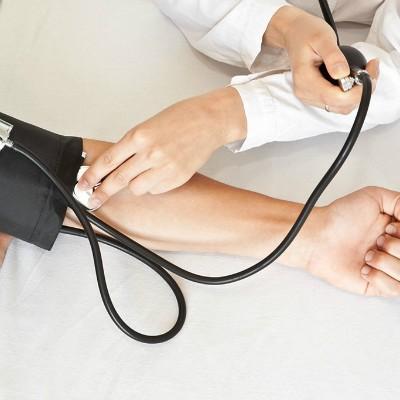What are the characteristics of bile reflux gastritis?
summary
Bile reflux gastritis is also called alkaline reflux gastritis. In our daily life, we need to eat more fresh fruits and vegetables, which have no grains. It means that due to the dysfunction of pyloric sphincter or gastric pyloric operation, duodenal contents such as bile and pancreatic juice flow back into the stomach, causing inflammation, erosion and bleeding of gastric mucosa, weakening the barrier function of gastric mucosa, It can increase the diffusion of H + and lead to chronic gastric mucosal lesions. So we come to understand what characteristics bile reflux gastritis has??
What are the characteristics of bile reflux gastritis?
First: gastroscopy: bile reflux can be seen directly under endoscopy. The gastric mucosa is characterized by diffuse hyperemia and mucosal fold edema or erosion to varying degrees. Green retention fluid is seen in the gastric cavity, and the orifice is relaxed or open and fixed. When the duodenum is peristaltic, the yellow foam is * flowing back into the stomach. The bile reflux under endoscope can be divided into 3 degrees: I degree, yellow foam intermittently gushing from the doorway, and / or mucus lake is yellowish. Yellowish foams emerge from the doorway, and (or) mucus lakes are yellow green. Degree III refers to the frequent outflow and (or) continuous ejection of yellow liquid from the secluded door or yellow green mucus in the stomach.

Second: Determination of gastric aspirates: through the insertion of gastric tube from the patient's nasal cavity to the gastric cavity, and then aspiration of fasting and postprandial gastric juice, determination of bile acid content, such as fasting basic gastric acid secretion < 3.5mmol/h, bile acid more than 30ug / ml, can be diagnosed as bile reflux gastritis.

Third: isotope determination: by intravenous injection of 2mci 99mTc butylimine diacetate, the liver, gallbladder and stomach were observed to determine the gastrointestinal reflux index. Through the detection of isotope content in stomach, we can know the degree of gastroenteric reflux.

matters needing attention
The diagnosis of gastritis mainly depends on endoscopy and biopsy. The common endoscopic manifestations include mucosal erythema, bile staining, fold thickening, erosion, etc. the histopathological features are chemical gastropathy with obvious fovea hyperplasia but no obvious mucosal inflammation.














